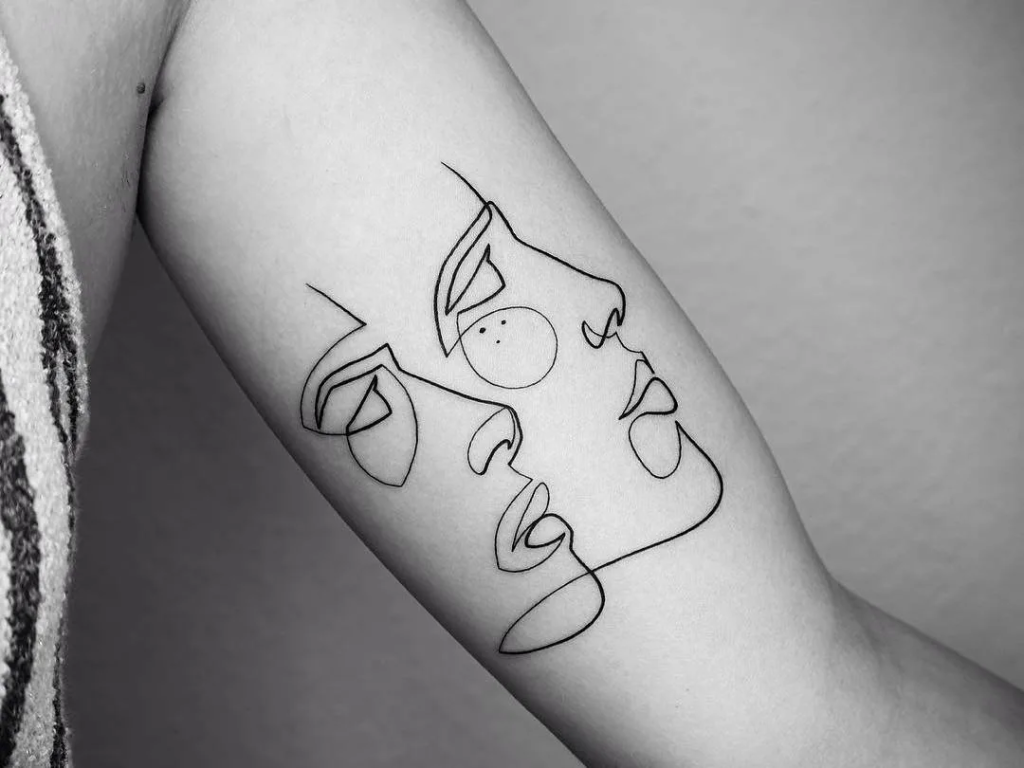Fake nails have become a staple in beauty routines worldwide, offering a quick and customizable way to achieve glamorous fingertips. However, in the rush to perfect their nail game, some individuals opt for shortcuts like using super glue as a temporary adhesive. This article aims to answer whether it’s bad to use super glue for fake nails and will delve into the risks associated with this practice. While it may seem like a quick solution, the main topic of discussion here is why super glue might do more harm than good and what safer alternatives exist.
What is Super Glue?

Super glue, known chemically as cyanoacrylate, is a fast-acting adhesive designed for various household repairs. Its formulation creates a strong bond quickly, making it ideal for materials like plastic, metal, and wood. However, it’s not purposed for biological tissues, which includes human nails. Nail glues, on the other hand, are specifically designed to be safe for use on nails, accommodating their delicate nature and unique composition. The key differences between the two types of glues matter significantly when it comes to personal care and safety.
Potential Risks of Using Super Glue on Nails

Super glue’s bonding power is indisputable, but its strength is a double-edged sword. Upon application, it can seep into the layers of the nail, causing brittleness and weakening of the natural nail structure. Over time, habitual use of super glue can lead to persistent damage, inhibiting nail growth and even altering the nail’s natural shape. This seemingly convenient fix can turn into a long-term nail nightmare.
Skin Irritation and Allergic Reactions
The risk of skin irritation cannot be understated with super glue. Its strong adhesive properties mean it’s likely to bond to the skin, causing irritation or even chemical burns. Allergic reactions are also not uncommon, manifesting as redness, itching, and swelling around the nail area. Understanding the potential consequences on skin health is crucial for those considering super glue as a nail adhesive.
Difficulty in Removal and Corrective Procedures
Removing super glue from nails is not as straightforward as peeling off a sticker; it can be an arduous process that risks further damage to the nail. Often, the removal requires acetone or other harsh chemicals, which can exacerbate nail weakness and cause dehydration. In more severe cases, a visit to a nail technician for professional removal may be the only safe option, inadvertently leading to more inconvenience and expense than anticipated.
Safe Application of Fake Nails
When it comes to choosing adhesives for fake nails, there are safer alternatives that can prevent the risks outlined above. Nail glues formulated for use with artificial nails often contain ingredients that minimize potential harm to the nail bed. Below is a table comparing the properties of super glue and nail glue, highlighting why choosing the correct adhesive is critical:
| Adhesive Type | Composition | Bonding Time | Removal Process |
|---|---|---|---|
| Super glue | Cyanoacrylate | Seconds | Difficult, may require acetone |
| Nail glue | Ethyl cyanoacrylate and other adjuvants | Minutes | Easier, designed for safe removal |
Best Practices for Nail Care
To protect your natural nails while indulging in the world of fake nails, following best practices is indispensable. Here are some numbered tips to ensure that nail care remains a priority:
- Always start with clean, dry nails to prevent trapping bacteria between the nail and the adhesive.
- Use adhesives specifically meant for fake nails to ensure safe application and removal.
- Apply thin layers of glue to avoid excess adhesive seeping onto the skin or cuticles.
- Regularly give your nails breaks between applications to allow them to recover and breathe.
Seeking Professional Help
While many people embrace the DIY approach to nail beauty, there are situations when professional help is not just recommended, it’s essential. Listed below are scenarios wherein the expertise of a nail technician becomes invaluable:
- When unsure about which adhesive is suitable for your nail type or artificial nails.
- If you experience any adverse reactions, such as persistent irritation or allergies.
- When needing intricate or potentially harmful procedures such as the removal of strong adhesives like super glue.
By turning to a trusted professional, you not only ensure that your nails are in good hands but also avoid the pitfalls of incorrect application or removal that can exacerbate issues.
Conclusion: Evaluating the Risks and Making Informed Choices
The allure of instant beauty enhancements like fake nails can sometimes lead to risky shortcuts, such as the use of super glue. This article set out to examine why using super glue for fake nails is generally ill-advised and highlighted the importance of choosing the right products for nail care. The health of your nails is paramount, and taking this into account when making beauty decisions can prevent long-term damage. It’s always better to take a moment to consider the risks and seek out alternatives that are designed with your wellbeing in mind.
FAQs
In the interest of further understanding the use of super glue for fake nails, here are a few commonly asked questions:
- Q1: Can super glue cause permanent damage to my nails?
- A1: Super glue has the potential to cause both immediate and long-term damage to nail beds, possibly inhibiting growth or changing the nail’s shape permanently with habitual use.
- Q2: Is there any safe way to use super glue for fake nails?
- A2: Although super glue can work as an adhesive, it is not recommended due to its risks. It is always better to use nail glues designed for that purpose.
- Q3: What should I do if I accidentally use super glue on my nails?
- A3: Avoid attempting to remove it forcefully. Seek the help of a professional to remove the glue safely and reduce the risk of further damage.
- Q4: Are there any health risks associated with inhaling super glue fumes while applying it on fake nails?
- A4: Inhaling super glue fumes can cause irritation to the respiratory system. Always ensure proper ventilation and follow safety precautions when using adhesives.
- Q5: How can I remove super glue from my nails without causing harm?
- A5: The safest way to remove super glue is by soaking nails in warm, soapy water. If the glue does not come off easily, consult a nail technician for professional advice and service.



